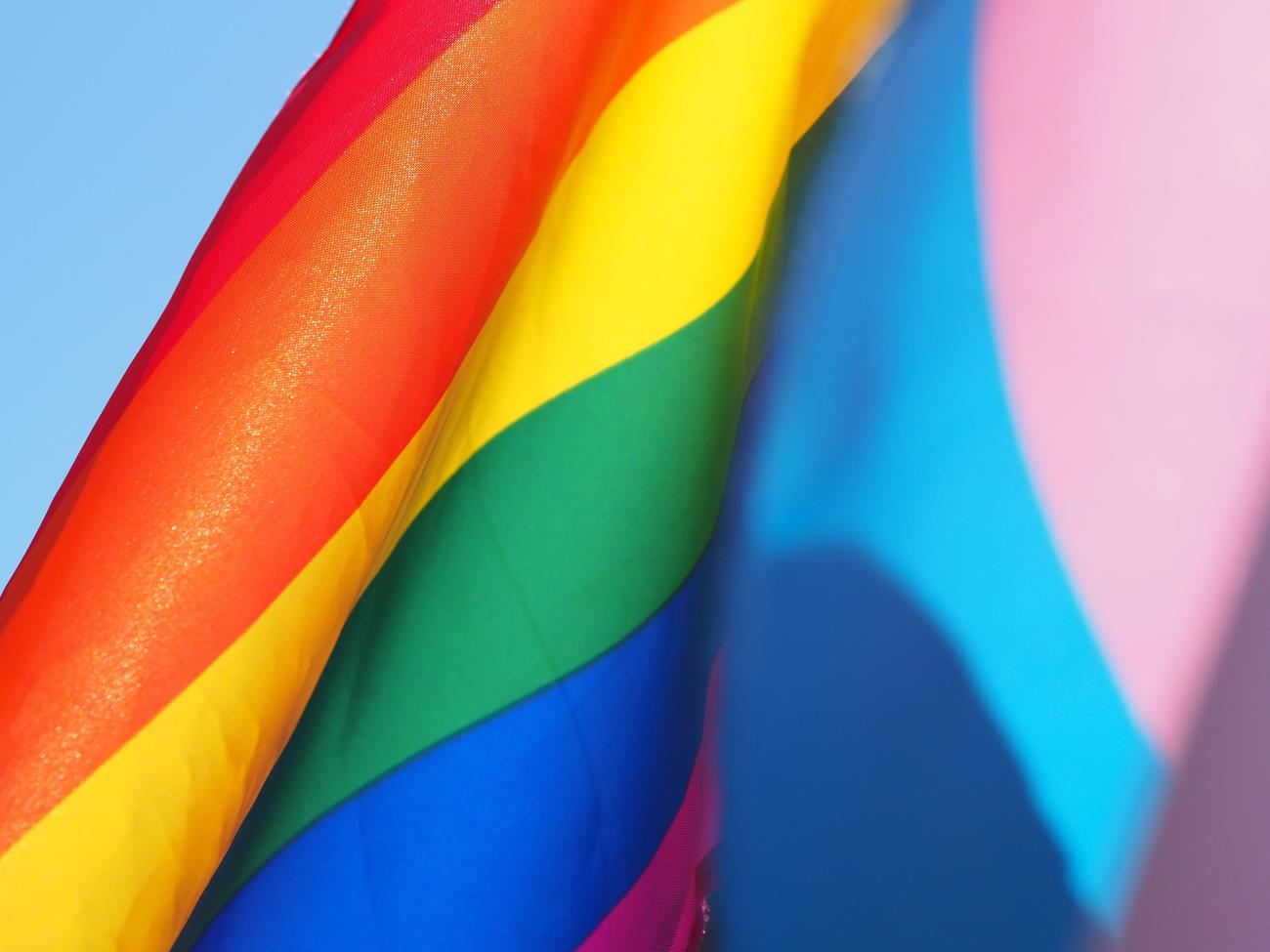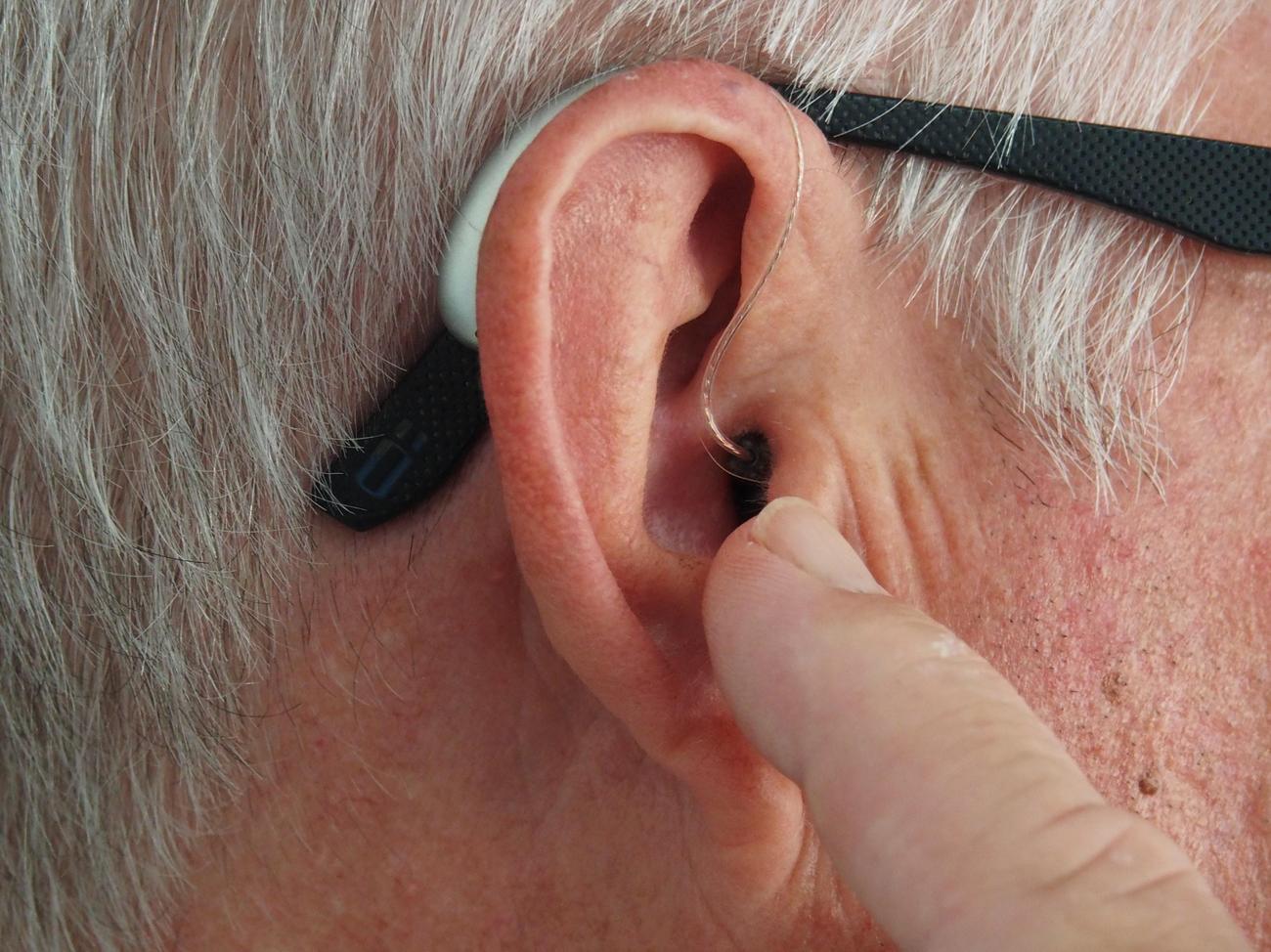Unveiling the real narrative behind the “gay ear,” this article delves deep into the intricate web of societal assumptions and stereotypes surrounding LGBTQ+ identity. As an experienced writer and researcher with a passion for debunking myths, I bring forth a nuanced perspective on the topic. Drawing from years of expertise in cultural anthropology and a strong background in the social sciences, I unravel the origins, misconceptions, and evolution of the notion that one ear can signify a person’s sexual orientation. Join me on this enlightening journey as we challenge stereotypes, explore LGBTQ+ identity, and promote inclusivity. Welcome to The Truth About the Gay Ear: Debunking Stereotypes and Exploring LGBTQ+ Identity.

What Ear is the Gay Ear?
In the world of LGBTQ+ identity, there are certain stereotypes and misconceptions that have persisted over time. One such stereotype involves the notion of the “gay ear.” But what does it really mean? And is there any truth to this widely recognized perception? Let’s delve into the history and evolution of the so-called “gay ear” and debunk some of the assumptions along the way.
First, it’s important to note that the term “gay ear” typically refers to the idea that wearing an earring on a specific side of the ear can indicate a person’s sexual orientation. Specifically, in the 1980s, it was believed that a man wearing an earring on his left ear was conveying his homosexuality, while a man wearing one on his right ear was considered heterosexual. However, it’s crucial to understand that these perceptions were based on stereotypes and misconceptions rather than any scientific evidence.
Over time, societal attitudes towards LGBTQ+ individuals have evolved, and the significance of ear piercings has shifted. Today, men of all sexual orientations can be seen wearing earrings on either side, or even on both ears. The perception of the “gay ear” as the right ear is not a universal truth, and it is important to recognize that individual experiences and expressions of LGBTQ+ identity vary widely.
It’s worth noting that the “gay ear” stereotype is more prevalent in certain regions, particularly in the United States. In other cultures, the meanings associated with ear piercings may be entirely different, if they exist at all. This highlights the importance of considering diverse perspectives and avoiding assumptions based on narrow cultural frameworks. navigating cultural diversity is essential to understanding the complex dynamics surrounding gender expression and sexual orientation.
Beyond the idea of the “gay ear” based on earring placement, some people believe that the shape of a person’s ear can also be indicative of their sexual orientation. This claim suggests that a curved or more rounded ear shape, often referred to as the “gay ear,” can supposedly reveal someone’s gender or sexual identity. However, it is essential to emphasize that these notions lack scientific evidence and are influenced by harmful stereotypes and generalizations.
In reality, ear piercings have been a form of body modification and self-expression for centuries, well before any association with sexual orientation was established. The LGBTQ+ community, like any other community, has embraced this practice, imbuing it with their own meanings and significance. Individual motivations for getting an ear piercing can vary greatly, and it is not appropriate to make assumptions about someone’s sexual orientation based solely on their choice to have a pierced ear.
The history and significance of the “gay ear” can be traced back to misconceptions and stereotypes that have perpetuated over time. It is crucial to understand that these perceptions are reductive and can be harmful. It is never appropriate to use ear piercings or any other external signifiers as a sole determinant of someone’s sexual orientation or gender identity. Such assumptions not only reinforce stereotypes but also undermine the complexity and diversity of LGBTQ+ experiences.
To conclude, the notion of the “gay ear” is rooted in stereotypes and misconceptions surrounding earring placement and the shape of the ear. While these perceptions may persist in certain regions and cultural contexts, they do not hold universal or scientific validity. It is crucial to challenge these assumptions, promote inclusive understanding, and recognize that LGBTQ+ identity is diverse and multifaceted. Ear piercings, like any other form of self-expression, should be celebrated as personal choices rather than indicators of sexual orientation. As we seek to create a more inclusive and accepting society, let us move beyond these narrow stereotypes and embrace the richness of LGBTQ+ experiences.
The human ear is a fascinating organ that plays a crucial role in our daily lives. Have you ever wondered about the intricate workings of this sensory marvel? From how sound waves are transformed into electrical signals to how our brain interprets them, there are countless facts about the ear waiting to be discovered. If you’re curious to learn more, click here for a captivating journey into the realm of auditory wonder: facts about the ear.
The Evolution of Earring Stereotypes in the 90s: Debunking the “Gay Ear” Myth
[youtube v=”SPVrGrf5hHg”]
Introduction
In the 90s, wearing earrings came with a set of unwritten rules. If you wanted to sport two earrings, go ahead and express yourself. But if you preferred just one, societal norms dictated that you better wear it on your right ear – unless you wanted assumptions made about your sexual orientation. This article explores the stereotype of the “gay ear” in the 90s, debunking misconceptions and highlighting the evolution of societal attitudes towards earrings and sexual orientation.
Breaking Down the Stereotype
During the 1980s, it was widely believed that men who wore earrings on their left ear might be signaling their homosexuality, while those who wore them on the right ear were presumed to be heterosexual. However, it is important to note that these perceptions were based on stereotypes and lacked any scientific evidence.
“Claims that the shape of a person’s ear can reveal their sexual orientation lack scientific evidence and are influenced by harmful stereotypes.”
Evolving Attitudes and Changing Times
Over time, societal attitudes towards earrings and sexual orientation have evolved. Today, men of all sexual orientations confidently sport earrings on both sides or either ear. The “gay ear” stereotype is more prevalent in certain regions, particularly in the United States, where it continues to persist to some extent.
“Ear piercings have been a form of self-expression for centuries and should not be used as a sole determinant of someone’s sexual orientation or gender identity.”
Cultural Variances and Narrow Frameworks
It is important to recognize that the meanings associated with ear piercings can vary across different cultures. Making assumptions based on narrow cultural frameworks not only perpetuates stereotypes but can also be misleading and hurtful.
“Ear piercings and their meanings may vary in different cultures, and assumptions based on narrow cultural frameworks should be avoided.”
Embracing Personal Choices and Rejecting Stereotypes
The notion of the “gay ear” restricts and oversimplifies the diverse experiences within the LGBTQ+ community. LGBTQ+ identity is multifaceted, and it is essential to celebrate the uniqueness and personal choices of individuals.
“The perception of the ‘gay ear’ is reductive and can be harmful, undermining the complexity and diversity of LGBTQ+ experiences.”
Promoting Inclusive Understanding
Challenging and debunking the stereotype of the “gay ear” is crucial in fostering a more inclusive society. By rejecting harmful assumptions about someone’s sexual orientation based on their choice of earrings, we can create an environment that celebrates the richness and diversity of LGBTQ+ experiences.
“The notion of the ‘gay ear’ should be challenged to promote inclusive understanding and celebrate the personal choices of individuals.”
Conclusion
In the 90s, specific rules were associated with wearing earrings, including the notion that a particular ear choice could reveal a person’s sexual orientation. However, these perceptions were grounded in stereotypes and lacked scientific evidence. As societal attitudes have evolved, it has become clear that ear piercings should not be used as a sole determinant of someone’s sexual orientation or gender identity. Embracing the personal choices of individuals and challenging harmful stereotypes is essential in creating a more inclusive world. Let us move forward by celebrating the diversity within the LGBTQ+ community and rejecting reductive notions like the “gay ear” myth.

FAQ
Question 1
What is the “gay ear” and how did this perception originate?
Answer 1
The “gay ear” refers to a common belief that wearing an earring on a particular ear indicates someone’s sexual orientation. In the 1980s, it was widely believed that wearing an earring on the left ear meant the person was gay, while the right ear indicated heterosexuality.
Question 2
Is the perception of the “gay ear” still prevalent today?
Answer 2
While the perception of the “gay ear” began in the 1980s, it is important to note that not everyone follows or knows about this historical association. Nowadays, men of all sexual orientations can have pierced ears, and the meanings behind earring placement have become more diverse.
Question 3
What does the term “gay ear” or “gay earring” specifically refer to?
Answer 3
The term “gay ear” or “gay earring” is used to describe the specific ear on which a man’s earring is placed, indicating his perceived sexual orientation. Traditionally, the right ear has been associated with homosexuality, while the left ear has been associated with heterosexuality.
Question 4
Is the perception of the “gay ear” widely recognized in the United States?
Answer 4
Yes, the perception of the “gay ear” as the right ear is widely recognized in the United States. It has become ingrained in popular culture and is often referenced in discussions about LGBTQ+ identity and stereotypes.
Question 5
What other factors contribute to the perception of someone having a “gay ear”?
Answer 5
In addition to earring placement, some people believe that the shape of a person’s ear can also indicate their sexual orientation. A curved shape is sometimes referred to as the “gay ear.” However, it is important to remember that these perceptions and meanings of the “gay ear” may vary across different regions and cultures.
- Unlock 6000+ words beginning with he: A comprehensive analysis - April 20, 2025
- Mastering -al Words: A Complete Guide - April 20, 2025
- Master Scrabble: High-Scoring BAR Words Now - April 20, 2025
















